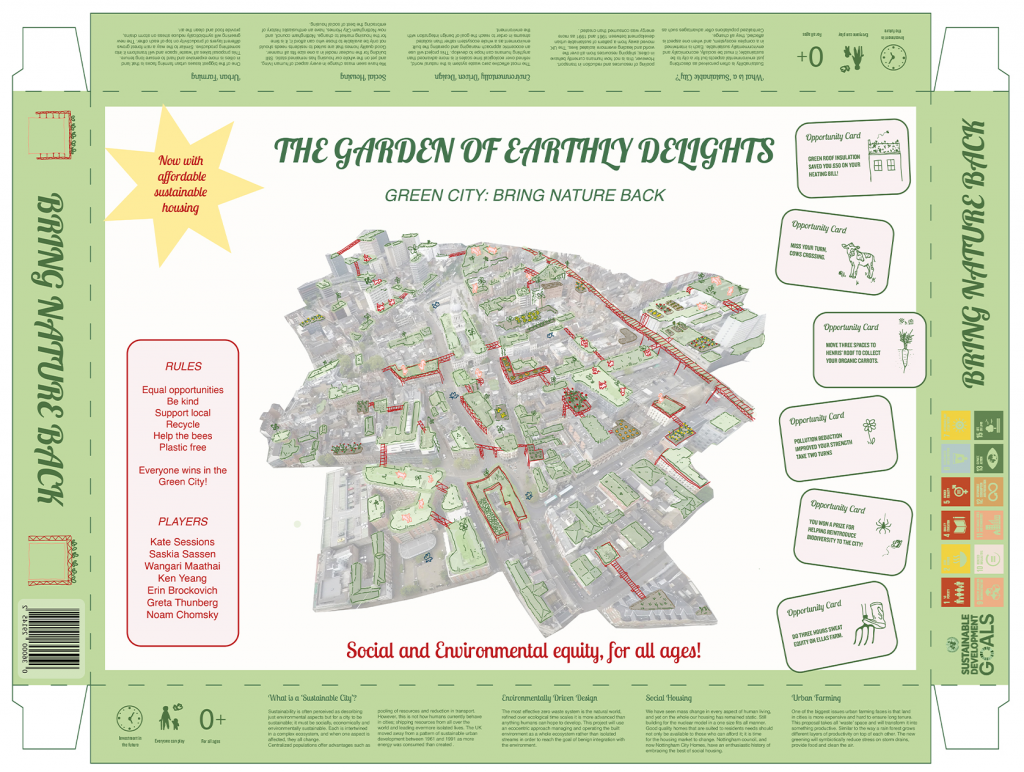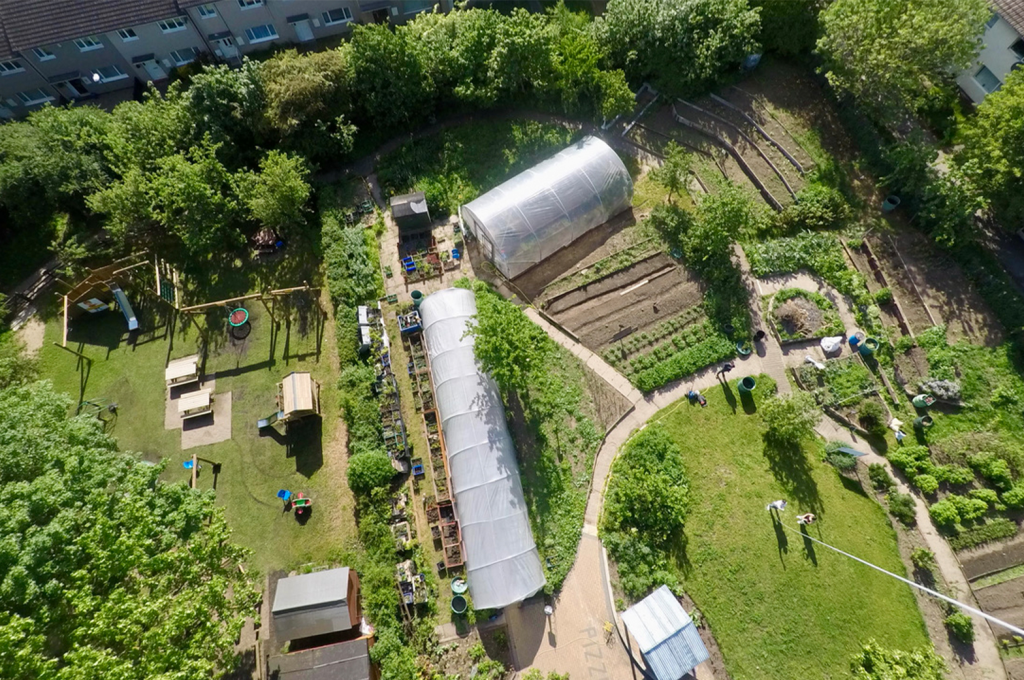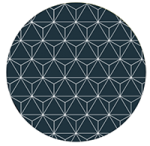Artist Interview with Mo Langmuir
The Social Art Award is a biennial initiative hosted by the Institute for Art and Innovation to promote social artists. As this year’s theme explored New Greening, social artists from all over the world were encouraged to reflect upon issues of environmental protection, ecosystem recovery, biodiversity and many more topics on planet’s restoration. To respond to these challenges, IFAI stimulate artists to take on an active role, and make their art socially to engage the general public. In this way, art can play a crucial role in tackling social and environmental issues that are shaping the 21st century.
Today, we would like to shine a light on this year’s third prize winner, Mo Langmuir. Mo draws on her background in environmental biology to develop creative projects in which scientific methods and artistic expression are combined. As a multidisciplinary practitioner, she fights for climate justice together with local communities. In her collaborative project ‘Mapping Greenness,’ the artists used the public realm of Nottingham (UK) as her playing area. By the employment of a huge helium balloon that functions as a DIY satellite, Mo co-created maps of urban greenspace together with 70 young volunteers. The maps represent ‘nature’ in its purest form as it includes animals, insects, people, weather, topography, community, scenes, history, and other layers. In doing so, the main aim was to actively engage young environmentalists in their own urban area. By collecting data on green spaces in the city, they collectively could imagine greener futures. In this interview, Mo Langmuir reflects upon participatory and co-creative art intervention and its impact on the local community of Nottingham.

Environmental Justice
What does the New Greening Project mean to you and where does your artwork fit into the conversation? What do you think is the role of art in sustainable transformation?
“My background is in Environmental Biology, so my artistic practice is wholly rooted and informed by my environmentalism. I use open-source ecological monitoring techniques to explore hyper-local environments in global contexts, using methodologies that subvert traditional Western science and knowledge building, to creatively and connect local people in their environments.
‘Mapping Greenness’ fits very literally into the New Greening Project. I worked with more than 70 young people to aerially photograph urban greening sites with a 5.5ft2 helium balloon and 1000ft of string. Using open-source software, we stitched photos together to create unique maps and analyze sites for ‘greenness’, a proxy for photosynthetic activity which has been linked to improved health and wellbeing across the UK. Through talks, workshops and an interactive exhibition, ‘Mapping Greenness’ also used imagination as a method. The maps are muses, stimuli, triggers… directing imagination to greener, more symbiotic and biophilic futures. This is a very important role of art. We have to imagine before we can visualize and create. For time immemorial, humans have artistically responded and recorded nature. From the earliest cave paintings to folk music to Blue Planet, artists have reacted to environments and used imagination as a method to drive cultural and societal shifts. Art is essential for drawing the world we want to see and it has a very important role to play in sustainable transformation. Social Art is crucial!”
Can you talk about the collaborative aspect of your art? What were your inspirations? How does community influence the perspective of your piece?
“I was inspired by artists and researchers operating in the intercostal spaces of art and environmental science. I was inspired by researchers such as Maxwell Ayamba, conducting ethnographic research into accessibility and inclusion in the British Countryside, Dr Xi Ling, whose neuroscience research into Forest Bathing demonstrated how access to greenspace directly impacts brain signaling to benefit mental health, and analysis by Dr Kathy Wilson on how this translates across the UK, correlating satellite imagery of ‘greenness’ with health measures.
My artistic practice is collaborative by nature. I collaborated with Public Lab [open source environmental monitoring organisation], Near Now [tech-arts studio], Rachel Milner [architecture student], Ignite Futures, [creative science education charity], Lab_13 [Scientists-in-Residence programme in schools], Broadway Gallery and the Nottingham Good Food Partnership.
Moreover, my projects are community-specific. I was inspired by the young people I collaborated with in these mappings – which steered the project in new ways and provided different perspectives on possible futures. The beauty of a giant balloon is that it draws gazes and attracts people, it seeks attention. The balloon becomes a nomadic site for hosting conversation and interaction about the public realm. It is very important that this is done in collaboration with the local community, to give ownership of the public realm to the people who use and inhabit it, who will grow up caring for and protecting it. Some interactions were organized, like the teams of year 5 students from Primary Parliaments across the Midlands, but most were not. Engagement was shaped by whoever was present in public space at the time: groups of children who demanded to get involved, a local illustrator experiencing homelessness who contributed beautiful drawings of mapping events to the final exhibition. Leaning into this serendipity allowed the maps to be more truly reflective and organic in their formation. This pushes the project into unexpected realms where things cannot go as planned. This is true too for the methodology itself. It was an active collaboration with the community and also with the elements. The balloon is directed by the wind and lit by the weather, capturing a unique moment of place space and community in time.”

Did you face any limitations/shortcomings when turning the vision of your work into reality? If so, could you explain it?
“’Mapping Greenness’ was a site-responsive project and a big part of participatory public art practice is handing over the vision, so it is distributed and shared with all participants. This makes it very difficult to have a clear vision ahead of the project outcomes, but as an artist practicing in this way you accept this ambiguity from the start.
Being an independent practitioner had its limitations. Conducting a project independently gives the artist the most freedom, but from a very practical point of view, it is difficult to maintain other ongoing work and to be solely responsible for making things happen. However, this independence also meant I was not limited by organizational ties or sponsor/funder restrictions. Funding support came partly from Public Lab and partly from the Arts Council with application support from the Near Now Studio team. Some of the project was unfunded and relied on my voluntary time.
I was relatively young, 23, when I started ‘Mapping Greenness,’ so I learned a lot about project management and my artistic practice throughout. Having less experience meant I was consistently learning on the job which made things more challenging, but being a youth-led project was important for the nature of the work.”
Including all voices
To what extent do you see your work bringing different meanings to the New Greening vision? What type of conversation does it introduce with respect to our future goals as a society and regarding sustainable transformation?
“The conversation it introduces is about knowledge production and intersectionality, access and inclusion, environmentalism and the arts. So far, who has been given the resources to contribute to our public realm and greenspace? And what could happen if we distributed that power to the communities that live and breathe it? In ‘Mapping Greenness,’ those making the maps are also the people who inhabit them, who grow up, grow old and pass through them: the true experts. It shows a personal connection which inspires specific, relevant and intimate imagination to generate collective futures.
Environmental racism is so stark in UK cities. We need to go beyond greening. New Greening encompasses diversity in heritage seed, diverse species, and access to greenspace in the public realm across diverse communities. These maps are not a compartmentalized view that separates natural and artificial or human and non-human. What is being captured is the total environment: topography, weather, people, pubs, animals, insects, buildings, plants, history, scenes, community. These maps recognize that this total environment is nature.
So, we need to respond local, think global, centre intersectionality and provide access and agency for communities to creatively respond and re-imagine environments to work for climate just futures.”
What do you wish to let the viewer know about your work that might not come out explicitly? What do you hope to inspire with your artwork?
“Once I exhibited ‘Mapping Greenness’ at the gallery, I took the project to a scientific conference at the University of Cardiff on citizen science for place-based wellbeing. I also presented the project to the Nottingham City Council Planning Authority at their consultation for new planning guidelines for the city’s public realm.
‘Mapping Greenness’ was not just a project to connect young mappers to their city’s future, or just to research greenness in the public realm, or just an artistic project to create beautiful aerial photography maps – it was also a tactical campaign. I wanted to tie all of these disciplines in to maximise the impact. ‘Mapping Greenness’ as an inter-disciplinary artivist. I hope it inspired those scientists at the conference and those planners in the council to use their positions of power differently. I hope that other social art projects will act outside of gallery spaces, in communities and in strategic places to enact real change on hyper-local scales.”
Ownership of local green space
In challenging issues of urbanization and environmental racism, Mo Langmuir has given a voice to all stakeholders of the urban area of Nottingham. By bringing them together, letting them collaborate and co-create the maps, ‘Mapping Greenness’ fueled the minds of citizens and made them aware about greenspaces. In this sense, Mo’s public art project could be viewed as a knowledge transfer process using art-based methods to listen to the voices of the inhabitants. This does not only imply humans. The maps show all environmental aspects that create the entire area. In doing so, Mo seems to question the ownership of the city that goes beyond the hierarchical ownership that exists today. In this sense, the project ‘Mapping Greenness’ stimulates imagination about the future of urban greenery, the future of ownership, and the future of city of Nottingham in general.
